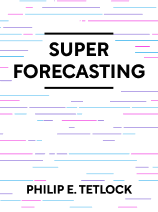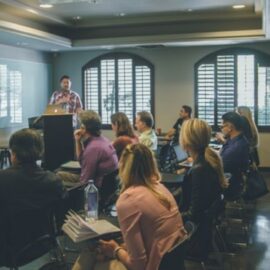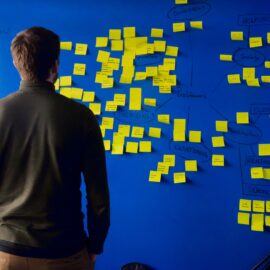

This article is an excerpt from the Shortform book guide to "Superforecasting" by Philip E. Tetlock. Shortform has the world's best summaries and analyses of books you should be reading.
Like this article? Sign up for a free trial here .
What is the availability heuristic bias? How does it influence behavior and decision-making?
The availability heuristic bias is the tendency to make snap judgments and decisions based on what we already know. This psychological tendency is just one of a number of cognitive heuristics that sabotage critical thinking and, as a result, compromise the validity of our decisions.
Keep reading to learn about the availability heuristic bias and its role in behavior and decision-making.
What Is the Availability Heuristic Bias?
The availability heuristic bias was formally discovered and named by researchers Daniel Kahneman and Amos Tversky to describe the automatic process of making snap decisions based on memorable experiences. This is also an adaptive evolutionary trait. For example, if hearing the snap of a twig on the savannah brings to mind a memory of a lion pouncing on its prey, you automatically conclude that a lion must be the source of the sound and that you are in danger. If you’ve never witnessed or heard of a lion attack, you’ll interpret the sound differently (and not realize the danger you’re in). The availability heuristic plays out unconsciously, in fractions of a second.
Why does this matter for decision-making? Automatically using our experience to make snap judgments is lifesaving—if the sound was actually made by a lion. But what if it wasn’t? At best, you’ve just spiked your heart rate for no reason. At worst, you act on your false assumption and attack whatever (or whoever) actually made the sound. When we use false assumptions to guide decisions, consequences can add up quickly.

———End of Preview———
Like what you just read? Read the rest of the world's best book summary and analysis of Philip E. Tetlock's "Superforecasting" at Shortform .
Here's what you'll find in our full Superforecasting summary :
- How to make predictions with greater accuracy
- The 7 traits of superforecasters
- How Black Swan events can challenge even the best forecasters






